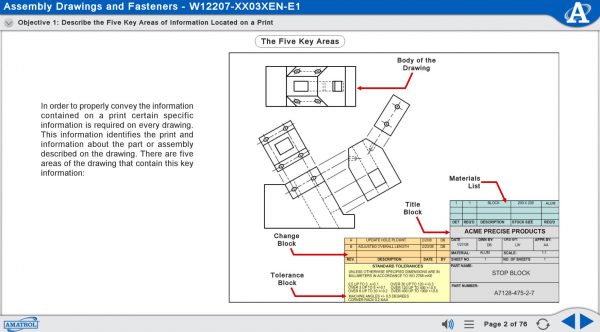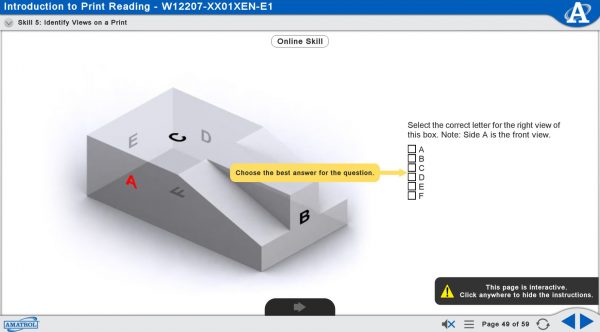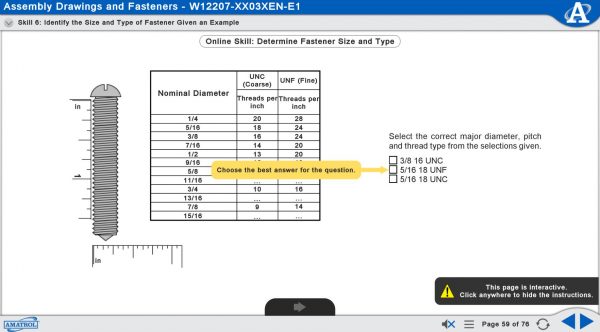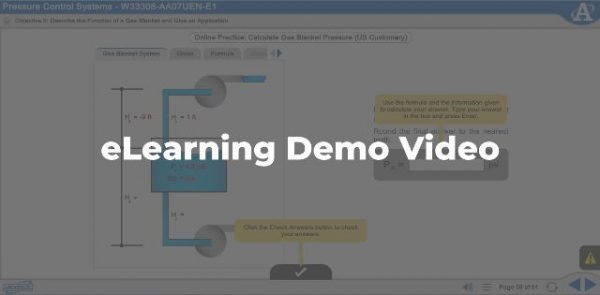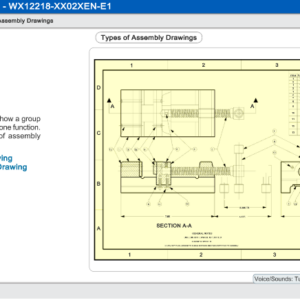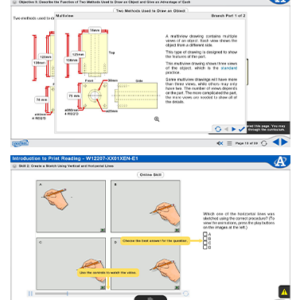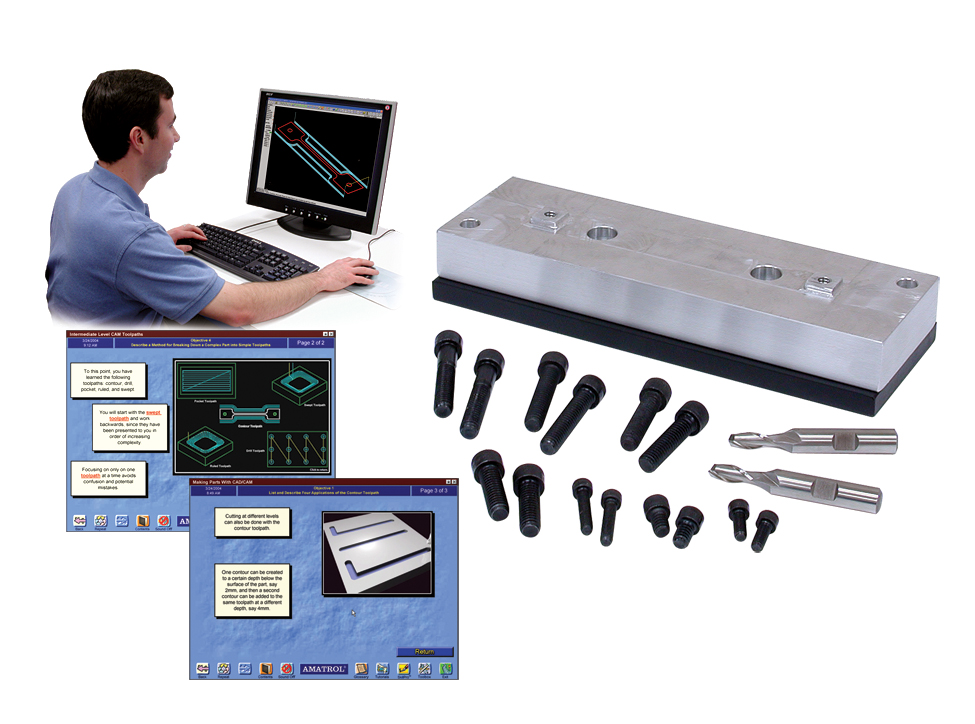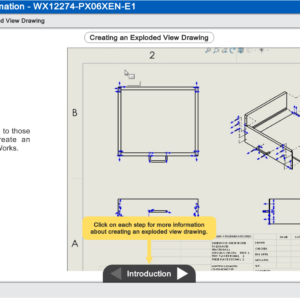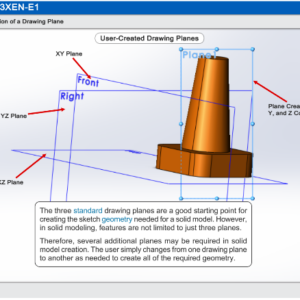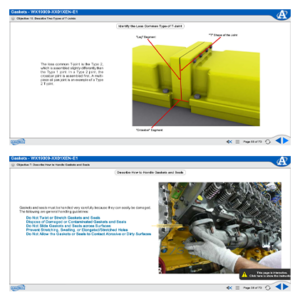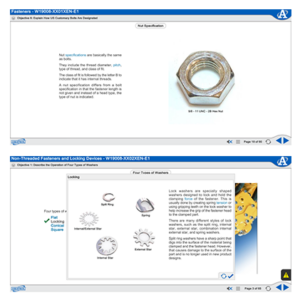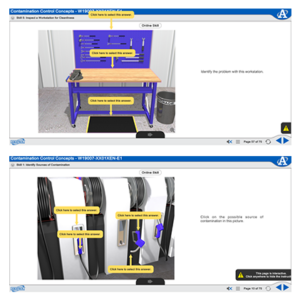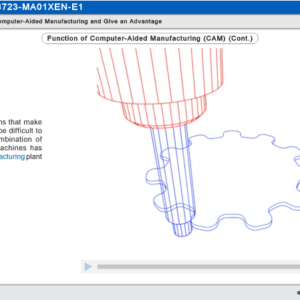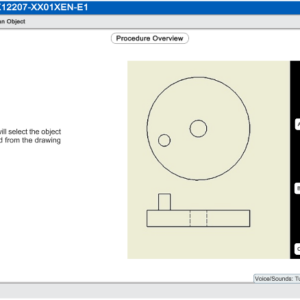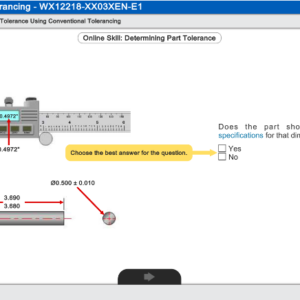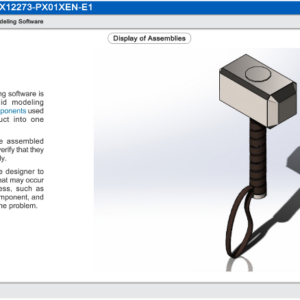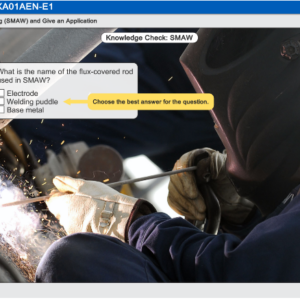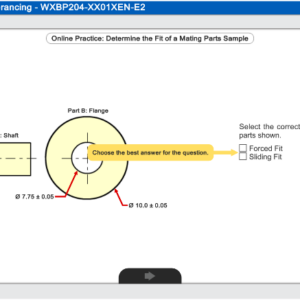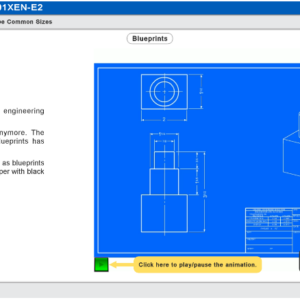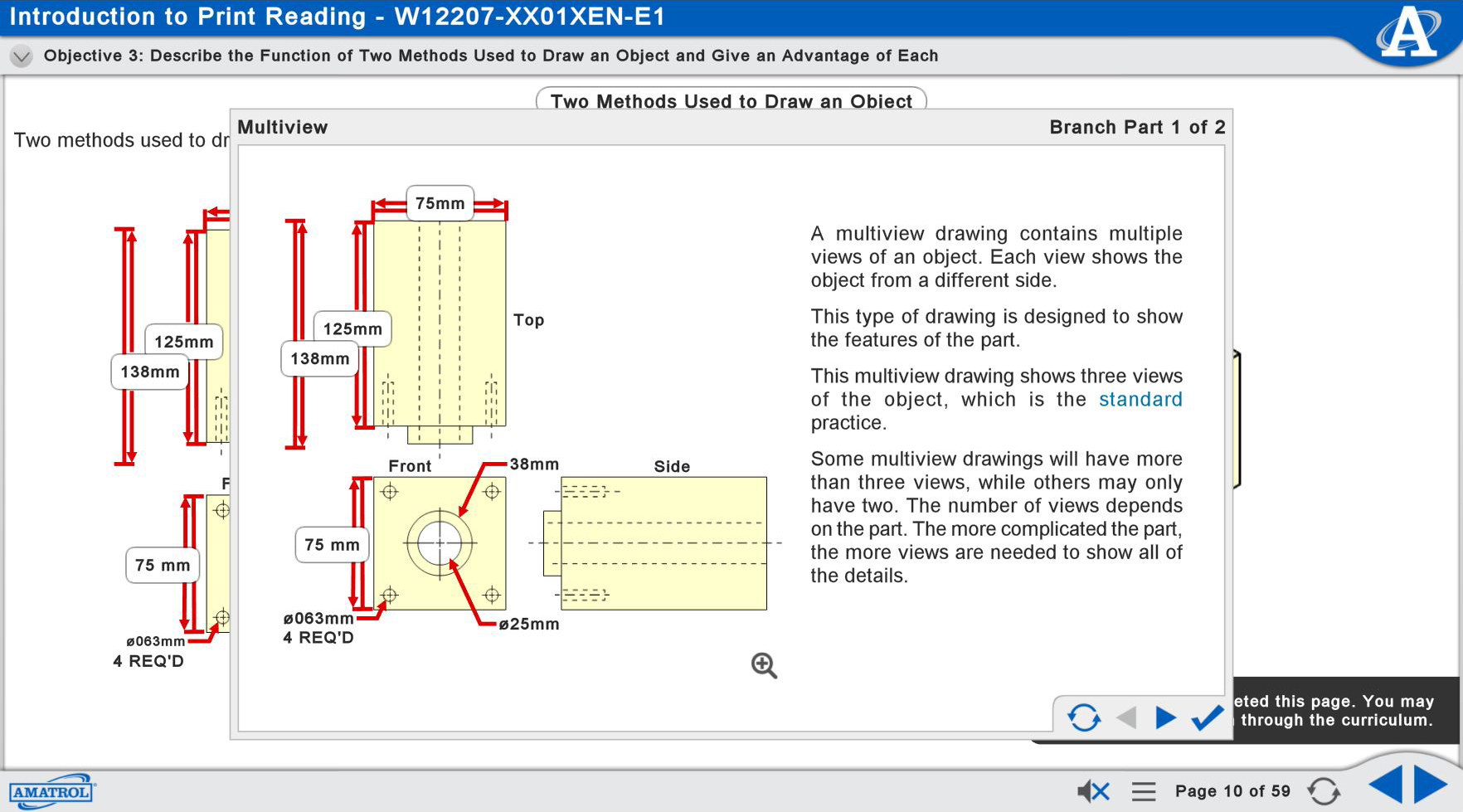
A Student Reference Guide sourced from the system’s interactive eLearning includes the entire series’ technical content from the learning objectives.
Computer: See Requirements
Print Reading is a foundational skill use throughout many industries. Amatrol’s Print Reading eLearning Courseware (M12207) covers topics like print dimensioning, assembly drawings and fasteners, and geometric dimensioning & tolerancing (GD&T). Learners using Amatrol’s print reading training course will study sketching, multiview drawings, dimensioning rules, first-angle projection, holes and fasteners, assembly drawings, assembly tolerances, and feature control frames. From this building block, learners can practice industry-relevant skills like selecting the appropriate number of views for an object, interpreting information blocks on a print, and calculating the limits of a dimension given its tolerance.

